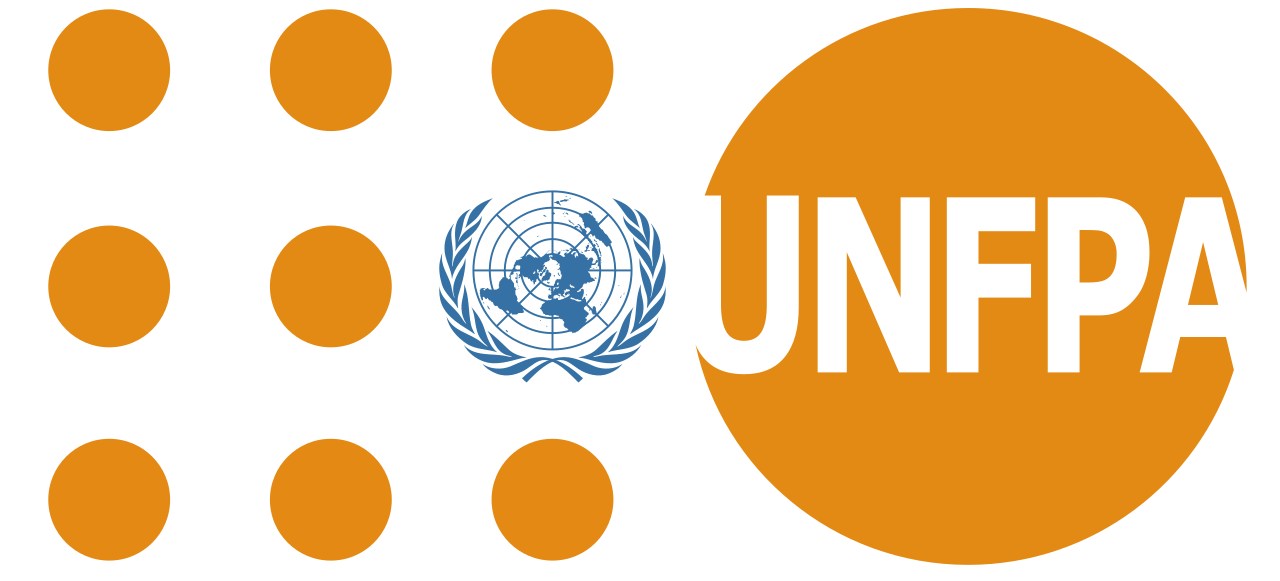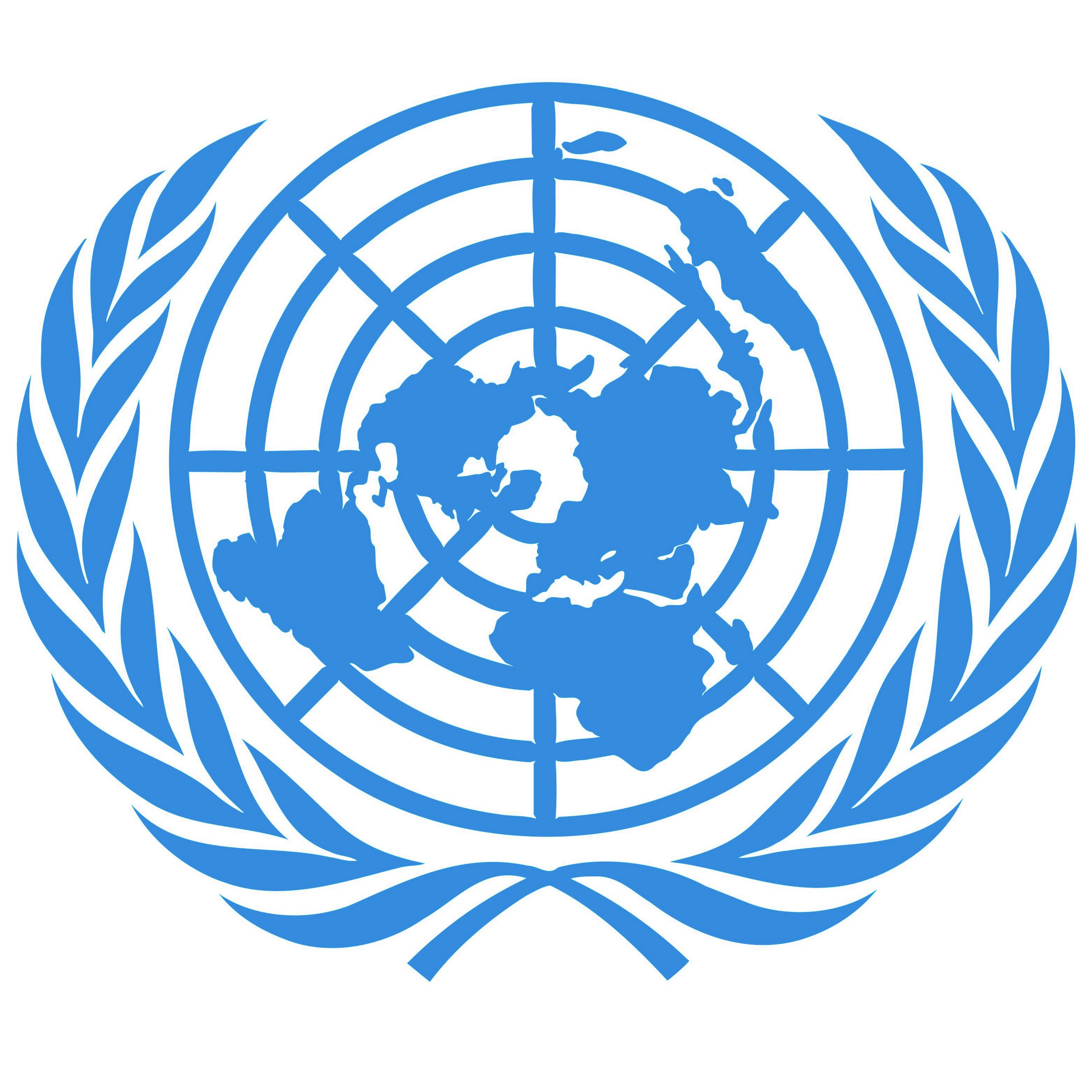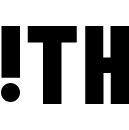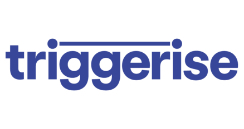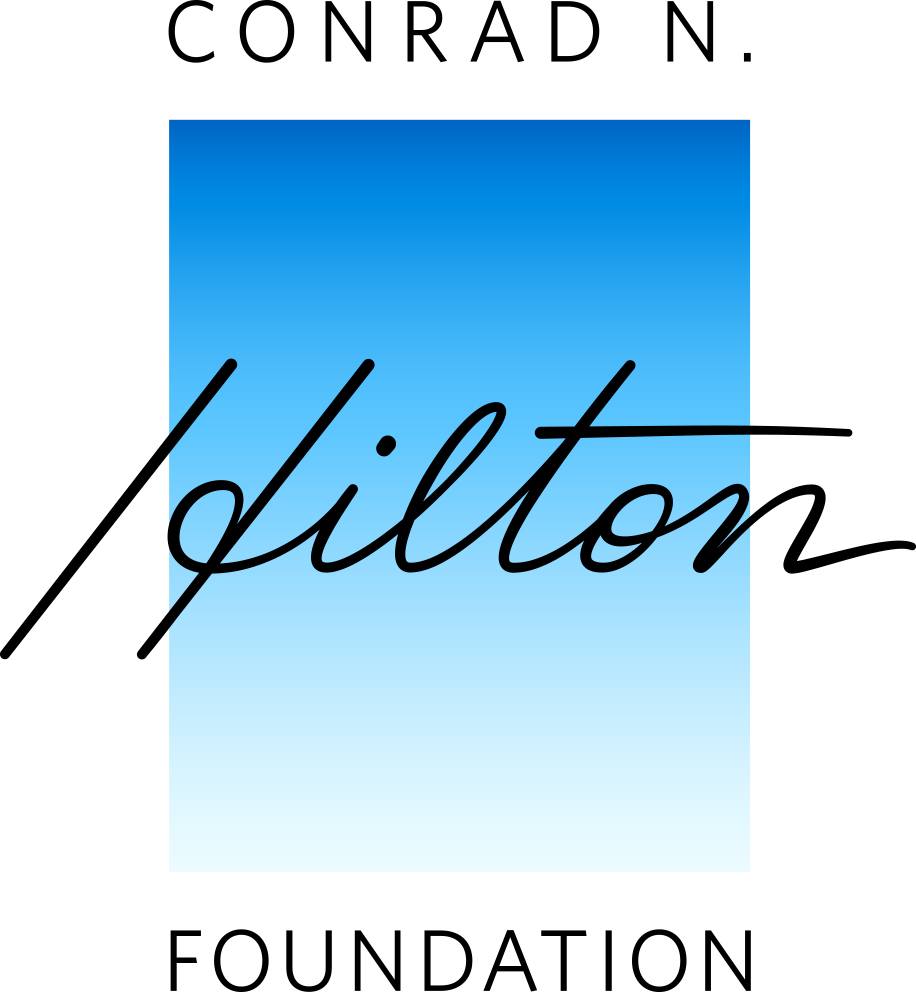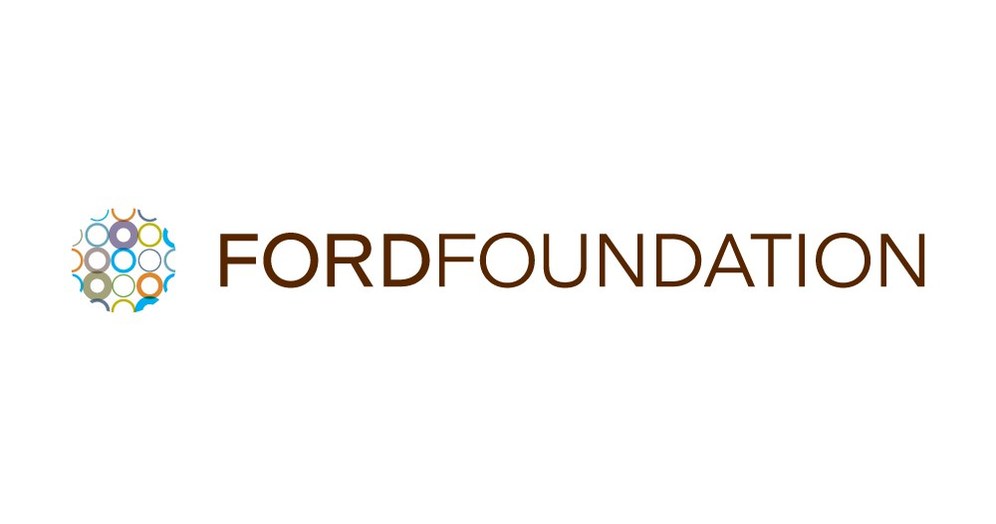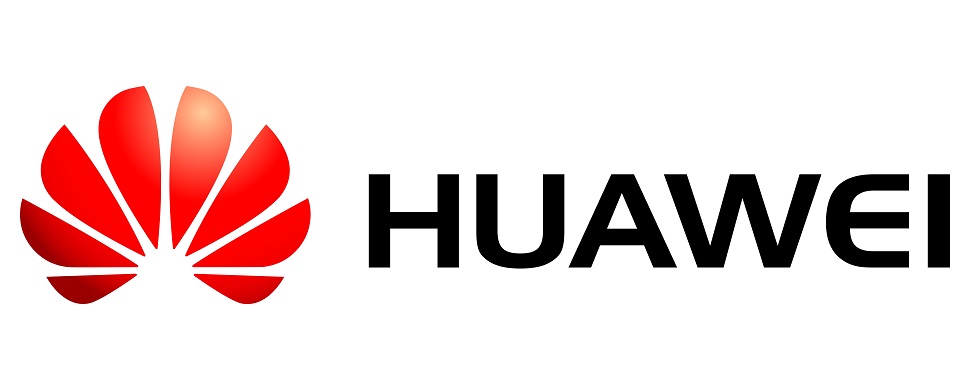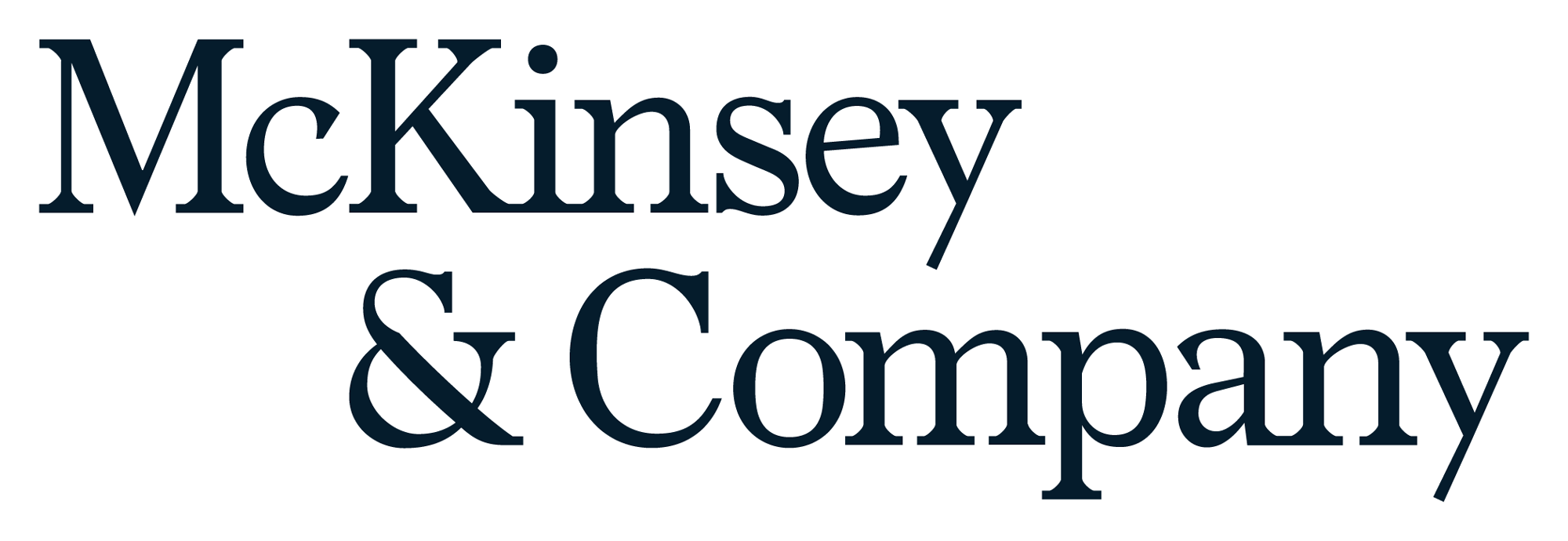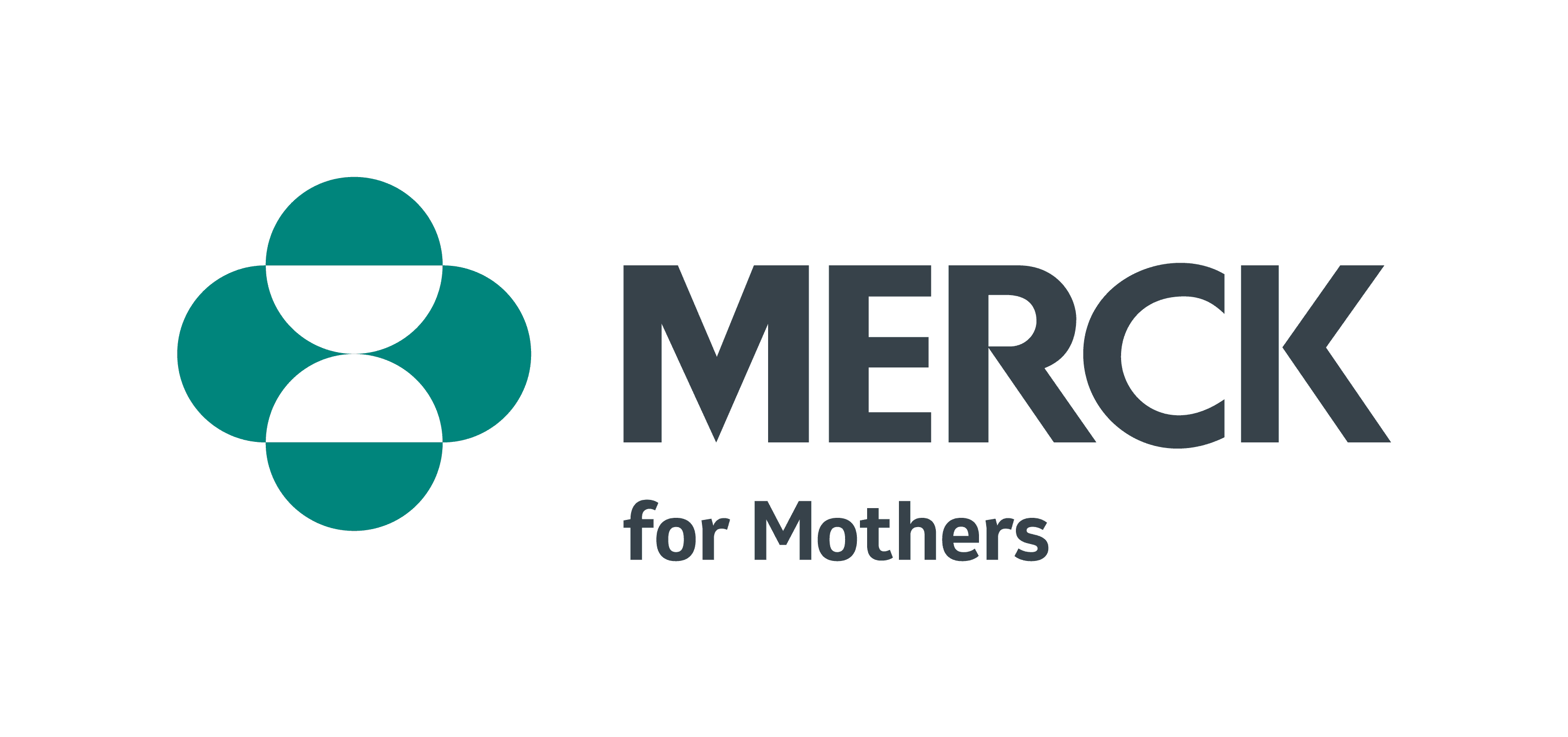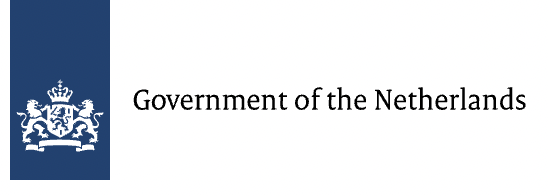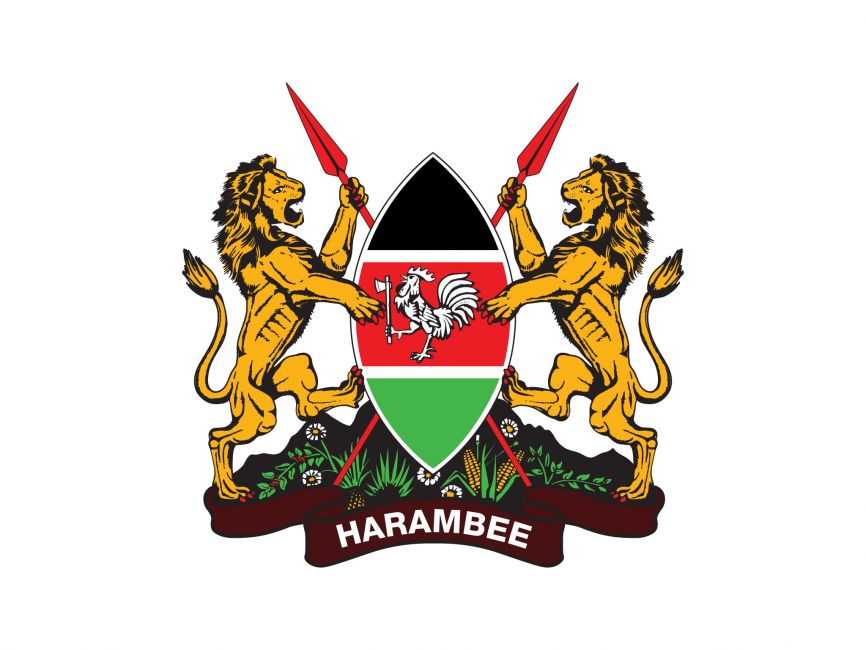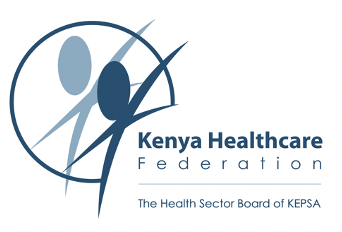Championing the World’s first Adolescent Sexual Reproductive Health Development Impact Bond in Kenya
Financials
Progress in funding
Total requested (USD)
Allocated by Joint SDG Fund (USD)
Co-Funding (USD)
Total Funding (USD)
Leverage Target (USD)
Results�
A pilot development impact bond has provided the initial blueprint and budget for the digital services platform. The final structuring of a second development impact bond is ongoing along with an ambitious plan to integrate a result based scheme in the national health budget.
The programme�
Why
In Kenya, 42% of new HIV infections are in adolescents aged 15 - 24. One in 5 adolescent girls is either pregnant or already has a child, with an estimated 330,000 girls becoming pregnant each year. Teen pregnancy and HIV are major drivers of adolescent mortality and result in a lifetime of missed education and employment. These problems are further compounded by inadequate investments in adolescent sexual and reproductive health programmes.
What
An innovative platform and related services that connects adolescent girls to sexual and reproductive health services and incentivizing them to seek care will be integrated in the national health system. By the end of the programme, an estimated 151,000 adolescents are expected to receive sexual and reproductive health services each year. In addition, the programme aims to provide over 25,000 HIV tests to adolescents each year, with a target of 97% of positive adolescents receiving treatment. In addition, the programme aims to connect adolescents to at least 300 health service providers, and train 500 healthcare workers in providing sexual and reproductive healthcare services to adolescents.
How
The programme will scale up the In Their Hands programme, an innovative digital platform that links adolescents with health services, allows them to rate service providers, and provides incentives for seeking care, including rewards points which can be redeemed at local retailers. A development impact bond will be used to transition In Their Hands from an international donor funded programme that provides access to primarily private healthcare service providers, to a sustainable government initiative that allows girls to seek care from both private and public service providers. This development impact bond, building on lessons learned from Kenya's first adolescent sexual and reproductive health development impact bond, aims to raise US$16 million to finance the scaling up and transition of the In Their Hands programme.
Financial instruments�
Building on lessons learned from Kenya's first US$ 6.8 million development impact bond (DIB), the second issuance will aim to mobilize US$ 16 million. US$ 18 million in outcome funding is expected to payback the initial investors. The second DIB envisions investors entering into a direct outcome funding contract with a UNFPA managed pool of outcome funding and a grant for services contract with Triggerise. The DIB is expected to have a duration of 42 months and a maximum target IRR of 13.5%. Repayments will be based on a results based scheme with payments for both short term and long term results. Fundraising is expected to begin in 2022.
Energy and climate action
|
Funded
|
Pipeline
|
Incubated
|
|---|---|---|
|
|
Energy accounts for two-thirds of total greenhouse gas, being the main contributor to emissions production. Despite 70% of clean energy investments are privately financed worldwide, in accordance to a special report developed by energy investments on clean energy in developing economies needs to expand by more than seven times, to above US$ 1 trillion, to put the world on track to reach net-zero emissions by 2050. Catalytic grants from the Joint SDG Fund are a critical bound to development finance institutions lending and attract private capital injections. Our portfolio brings financial solutions that span from lending and impact investing to insurance and smart subsidies. It aims to attract private investment to markets and sectors at early stages of readiness – or in situations where the risks are hard to mitigate, such as energy access projects for vulnerable communities or in remote areas.
Blue Economy
|
Funded
|
Pipeline
|
Incubated
|
|---|---|---|
|
|
The monetary value of the world’s oceans has been estimated at US$ 24 trillion by the World Wide Fund for Nature. This wealth is at risk because overfishing, pollution and climate change put an unprecedented strain upon marine ecosystems. Oceans are getting warmer, stormier and more acidic, impacting the health of sensitive marine ecosystems and the lives of human communities that rely on them. Ocean reefs, the home of the planet’s most diverse ecosystem, contribute to the livelihoods of at least 500 million people worldwide generating US$ 36 billion per year for the global tourism industry. Our programmes and pipeline in the blue economy space bring financing solutions that are adapted to the needs of island nations and coastal communities to preserve marine resources and coral reefs while offering income opportunities to coastal populations. They support scalable blue economy businesses, through equity and debt finance, risk guarantees, performance grants, incubation and technical assistance, to build resilience in coastal ecosystems and create jobs not only to allow us to save our planet, but also to build more resilient economies.
Food systems and agriculture
Poverty is deeply intertwined with successes or failures in agriculture and food security, with the majority of the rural poor depending on agriculture and natural resources for their livelihoods. Recent estimates from FAO show that nearly 10% of the world population is still undernourished. The impacts of climate change, conflicts and Covid-19 pandemic take an even higher toll - resulting in an estimated 118 million more people suffering from hunger and one in three people not having access to adequate food in 2020. On the other hand, the ecological footprint of the global food system continues to grow in terms of energy, resource use, and the contribution to greenhouse gas emissions. To address these issues, the traditional approach to food policy must be reoriented towards food-system-wide approaches that provide incentives for investments in inclusive and sustainable development of food systems and for steering consumer behavior and food preferences toward healthier and more sustainable diets. Investments in food system innovations are key in driving change towards more a more sustainable and food secure future. Our programmes and pipeline in this area include solutions financial solutions that include microcredit and microinsurance, downscaling schemes from multilateral development banks, and a variety of blended finance facilities supporting agricultural supply chains, smallholder farmers, rural development, nutrition, and sustainable farming transitions. repurpose finance to support sustainable and resilient food systems, reduce finance that is destroying/degrading food systems, optimize finance to mobilize investment and increase access, and scale up public and private finance flowing to healthier diets. Examples include blended finance facilities, de-risking and collateral support mechanisms, sovereign and impacts bonds, business incubators, among others.
Social Impact
Leave no one behind (LNOB) is the central, transformative promise of the 2030 Agenda for Sustainable Development. LNOB not only requires the elimination of social practices that leave particular groups of people further and further behind, but it also demands equal access to basic services, resources and opportunities for all. This will come at a cost. Achieving LNOB will require significantly more financing than is currently invested in human and sustainable development, and for these funds to be channeled towards improving the lives of those who are furthest away from reaching SDG targets. Focusing on the social sectors, the Overseas Development Institute estimates that global financing requirements for education, healthcare, and social protection transfers alone amount to US$ 137 billion annually in low-income countries. While these sectors require large investments to make the required transition, they often rely on public funds. These are rarely the sectors that private funds invest in, as their objective is to earn a return that is higher than the initial investment, no matter how minimal. Therefore, our programmes and solutions focusing on LNOB innovate the way we finance and address these barriers and close the financing gap, by offering viability gap financing, early stage capital investments, de-risking mechanisms, smart subsidies, and technical assistance to empower people and early stage enterprises driving impact in key social sectors.

